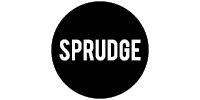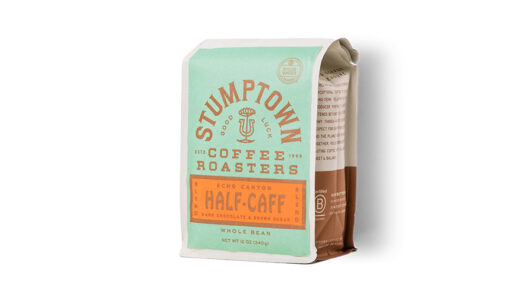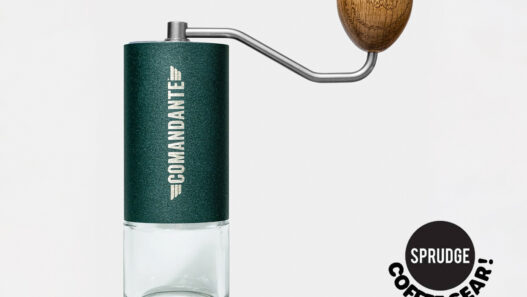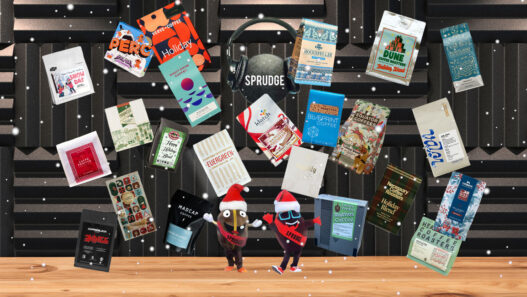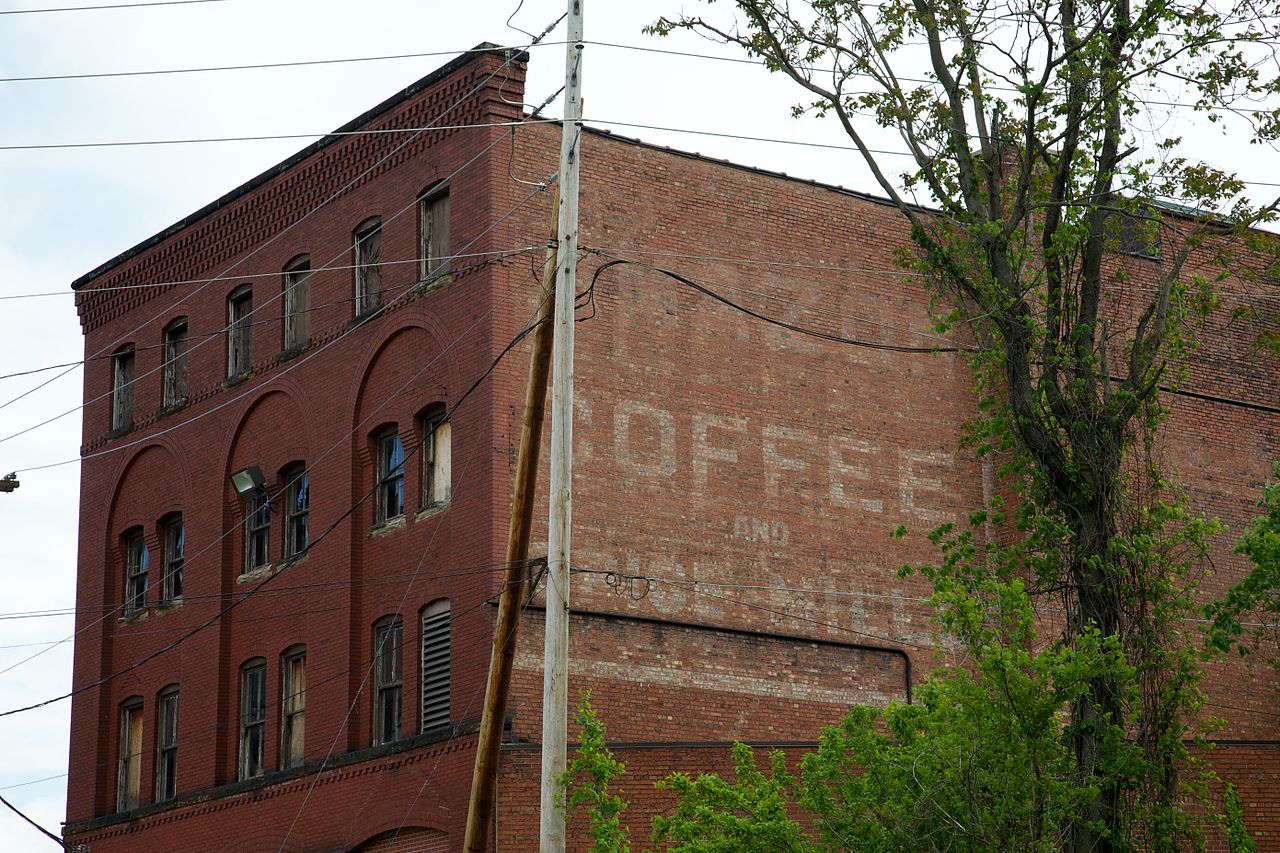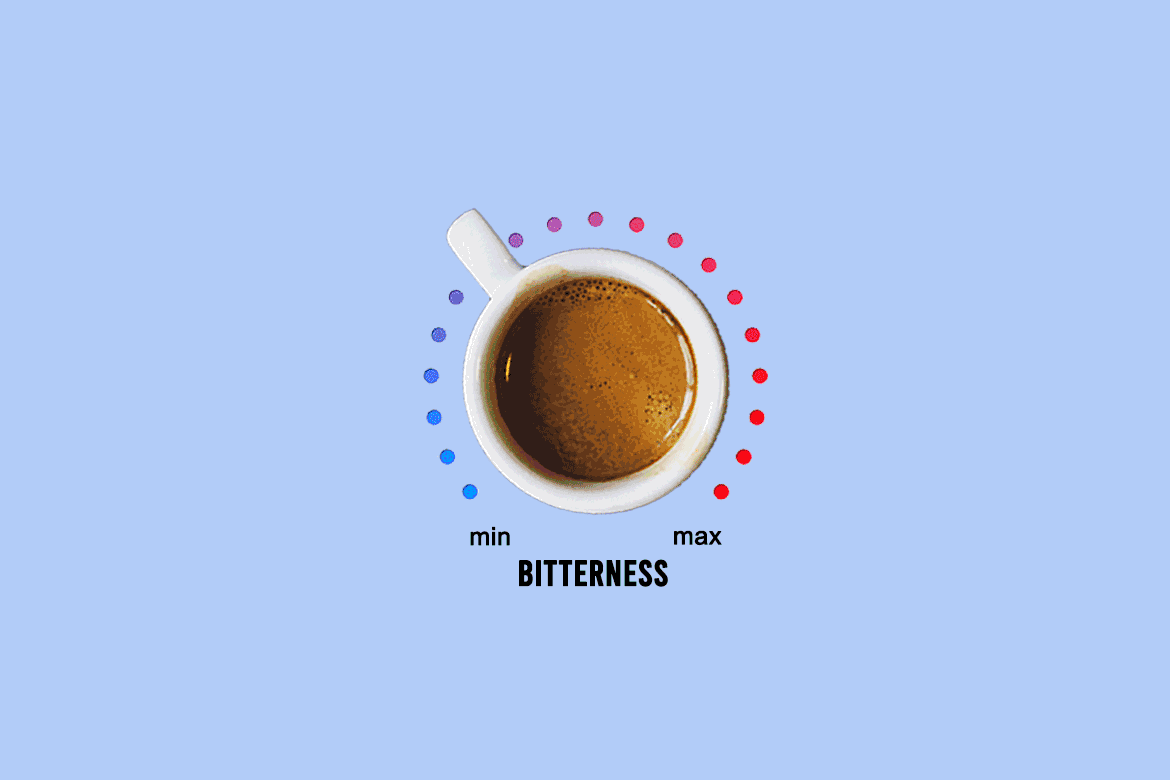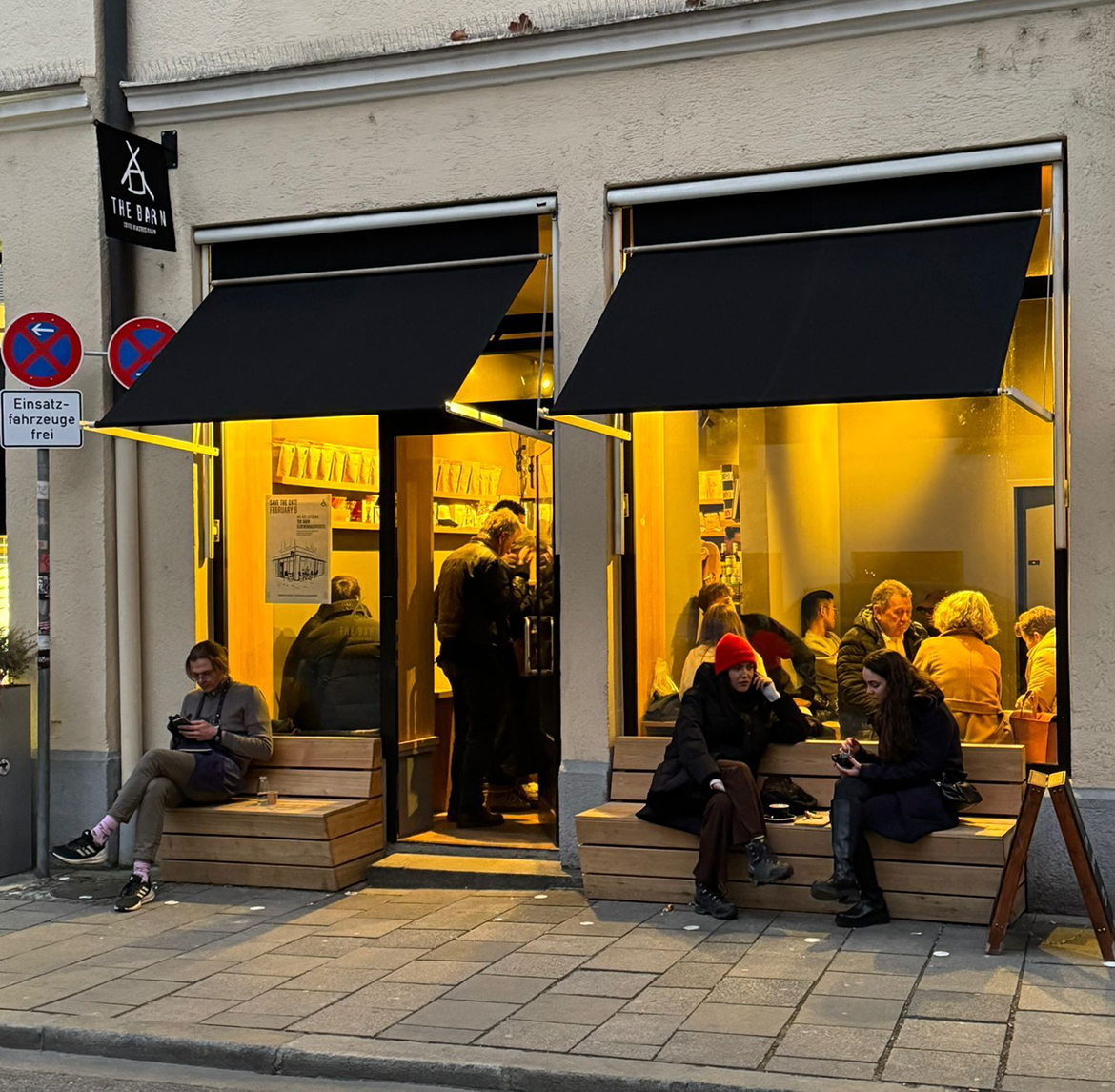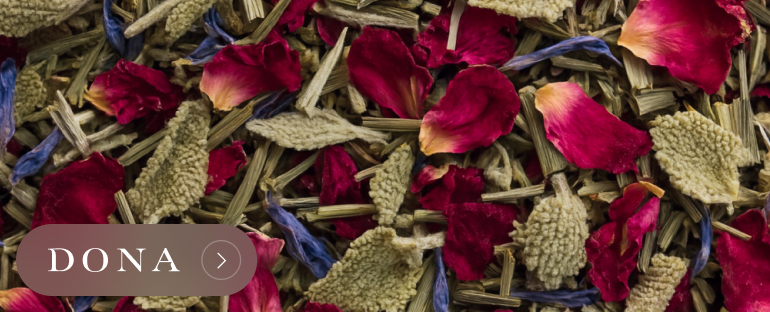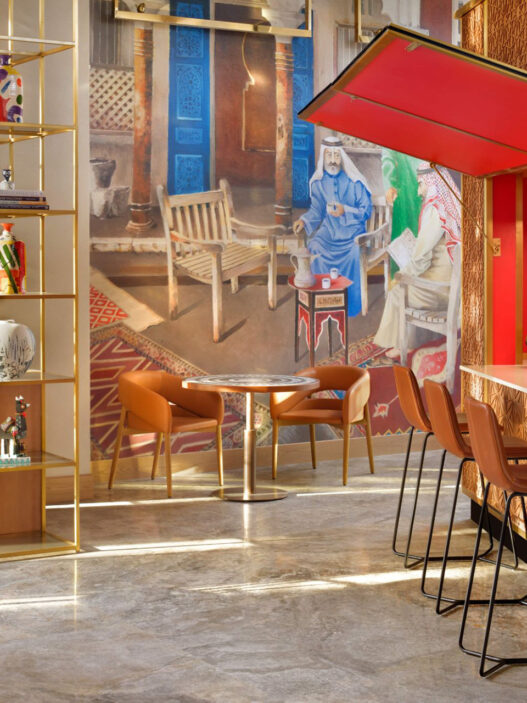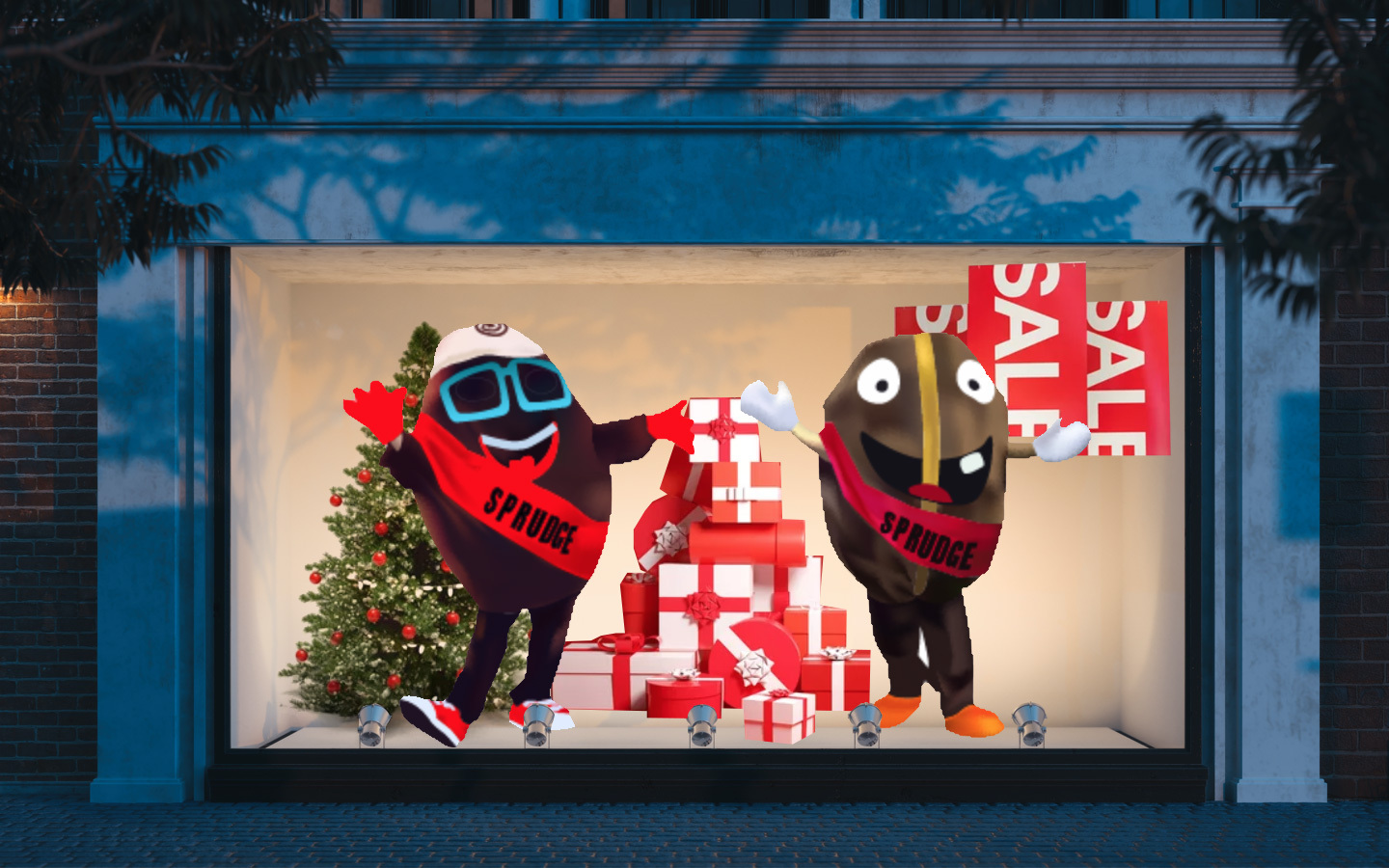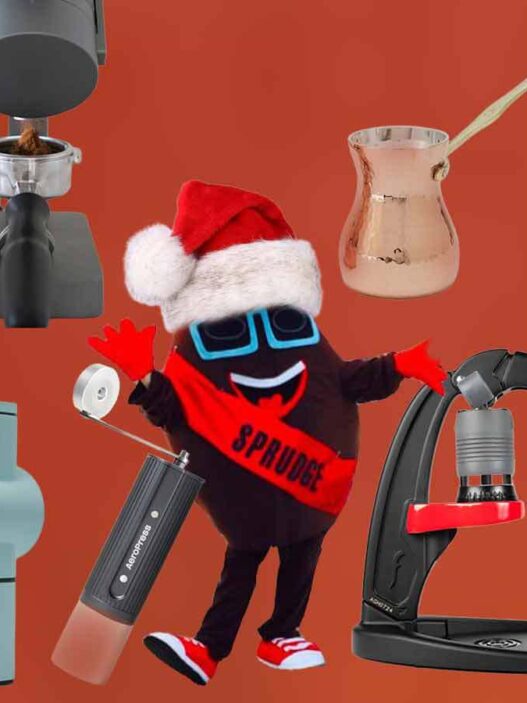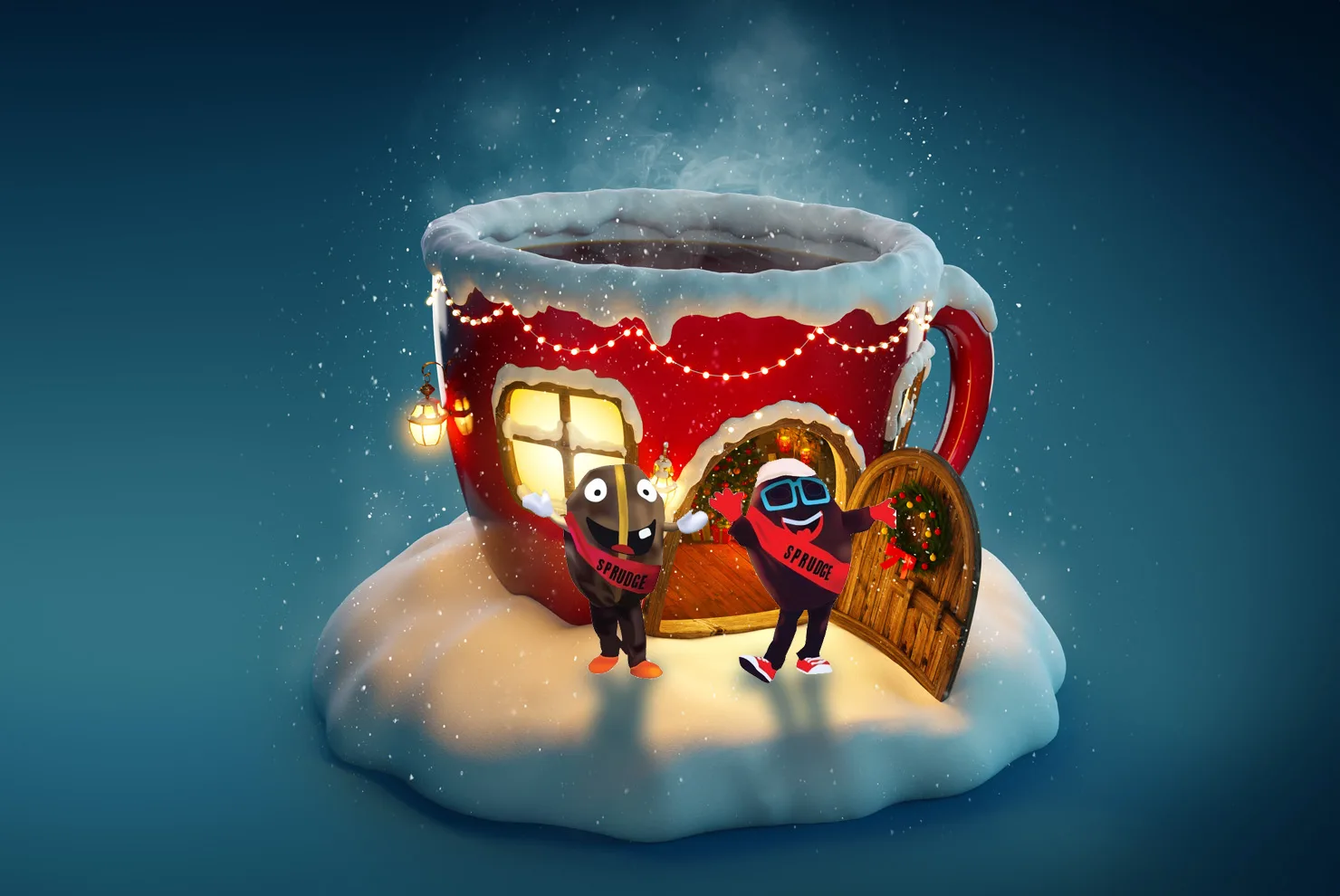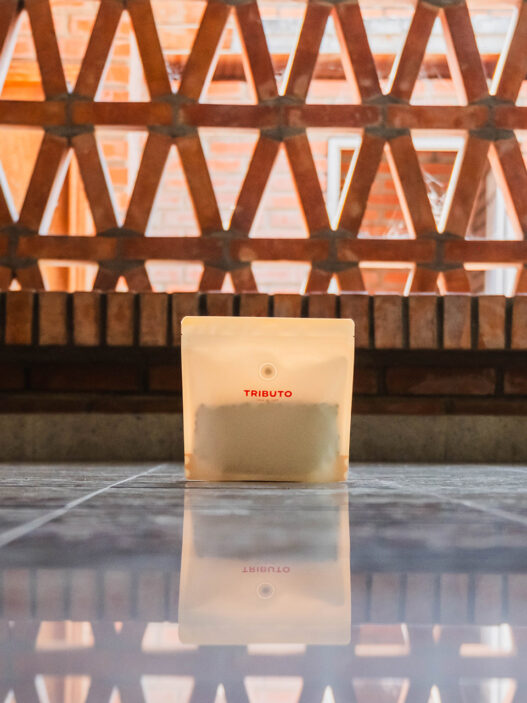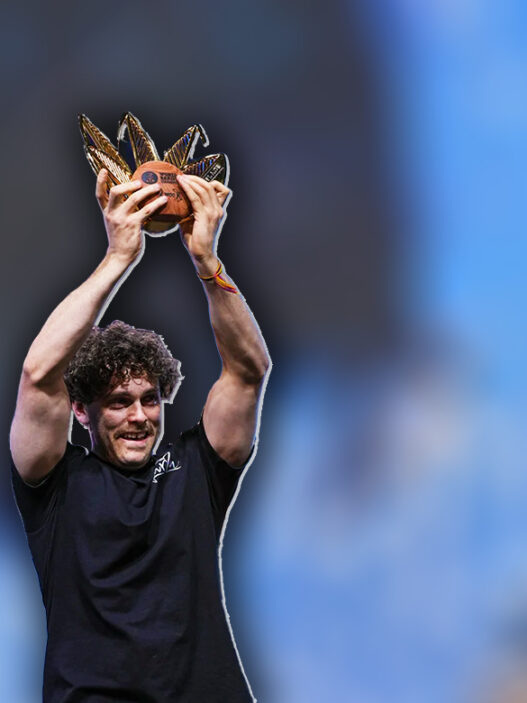For as long as humans have had a means to document and a medium to do so on, sign painting has existed.
In one of the earliest textbooks on sign writing (1890), James Callingham writes: “A baker who makes a shapeless loaf of bread has the satisfaction of knowing that it will soon be consumed; but the work of the sign-writer is, for the most part, exposed so long to the public view, that it is worth an effort to make the letters carefully, so that employer and employed may be satisfied, and the eye not offended with the work of the hand.”
I’ve explored the evolution of dramatic roadside architecture that doubled as advertisements and neon signs that have been hand-bent and steadfastly unchanging. But before and through all of this, there were sign painters.
As with these previous deep dives, the more I go into it, the more I see it around me and wonder how I never explored its presence. Whether it’s a simple “cafe” splashed across the side of a coffee shop, a menu that was painstakingly drawn out, or opening hours gold-leafed across the door, it’s a technical art form that has sustained and developed over centuries. It’s so technical, in fact, that you sometimes don’t realize it’s hand-painted.
Sign painting dates back to 300 BC with merchant signs, and at the end of the 19th century, became used in large-scale wall advertising. “Things were fairly stable until the 19th century,” explains Arden Stern, a design historian and associate professor of humanities and sciences at the ArtCenter College of Design in Pasadena, California. “It was really with industrialization and the wider availability and affordability of industrial materials that we see so many changes in design just generally across different fields.”
In cities, these signs are sprinkled throughout the urban landscape: gold-leaf address numbers in transom windows, A-frames that draw you in from the sidewalk, and 30-foot faded advertisements of family businesses peeking out from the brick walls. For the latter, those who painted them were called “walldogs” and the signs themselves are now “ghost signs.” The walldogs, named for working like dogs and being tethered to the walls, traveled across the US painting signs on buildings, silos, barns—basically anywhere where there was vertical real estate and people to see it. Big companies like Coca-Cola (more than 16,000 painted before the 1970s) and local family businesses hired walldogs to paint advertisements. It was an equal-opportunity advertising playground.
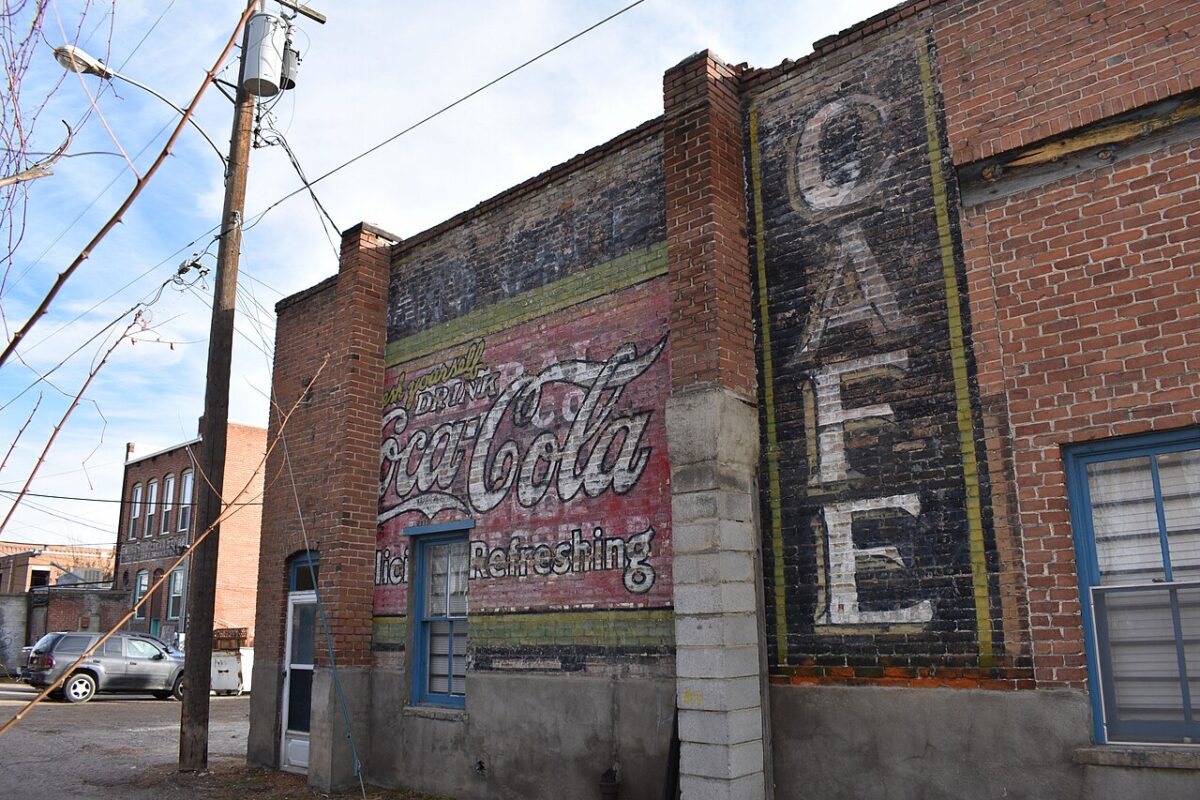
Ghost signs remain thanks to the vast amount of lead mixed into the paint. Many were painted over (they were ads, after all) or demolished with the buildings. By the 1960s, new technology like computers and vinyl and die-cut vinyl letters were introduced, and President Lyndon Johnson signed the Highway Beautification Act to limit outdoor advertising. Both instances were a blow to sign painter jobs.
These days, there is a renewed sense of appreciation for this skill and art. There are walldog groups worldwide, meeting up and carrying on the art. I personally cannot wrap my mind around a hand wielding a brush, lettering perfectly without stencils, backwards, which is how any sign on a window or door would be done (from the interior).
In terms of learning, there are a few different routes. Traditionally, you apprentice with a seasoned painter and/or study at a trade school. There is only one such school in the US that teaches sign painting, and that’s the Los Angeles Trade-Technical College, which has been teaching the craft since 1924. Now, there are self-taught painters, often already with an arts or design background.
View this post on Instagram
View this post on Instagram
Abraham Mong is an Austin-based self-taught sign painter, muralist, and neon artist, and has painted signs from a coffee-drinking armadillo at Barrett’s Coffee to gorgeous 23K gold reverse lettering at Double Trouble. “I was always interested in street writing and traditional media like calligraphy, and was hooked on the urban landscape,” he shares. His art journey began with a fine art interest in murals, which led to sign painting, and in 2011, neon building. “Sign writing is a working class art; I do it to pay the bills. I just try to do it with class and originality.” He adds, “The best sign painters are really good technical artists.”
Unlike murals and paintings, it’s rare for signs to have an artist’s signature. A design may come from elsewhere, but every sign painter gets to put their artistic flair on it. The ghost signs that remain are whispers from the past, and some dedicated folks work to preserve the history. For example, the American Sign Museum in Cincinnati has an enormous archive of photos and books and Craig Winslow in Winnipeg, Canada used projected images to revive ghost signs in an art installation.
Restoration or preservation comes with its own set of societal issues confronting class and gentrification. “When we see coffee shops that have hand-painted signage, I see a relationship,” says Stern. “These are businesses that could be using different media, but they’re very specifically for sign painting.” Hiring a local sign painter is a reciprocal relationship between local businesses and is a quick way for a cafe to establish themselves in a neighborhood.
Signs are a place marker, a testament to the everyday local businesses that people visited and according them that respect is important. “But on the other hand, I think that that can be done in really cynical ways when you have big urban redevelopment programs happening,” explains Stern. Referring to examples of sign restoration being used as signifiers of “this was just the neighborhood spot,” Stern says this tactic is “using the signage of ‘You Belong’ to only have certain, new-money people belong.”
Restoring a sign is a process that involves looking up old photographs, taking new ones and guessing at what it used to be, and referencing any documentation. “I have to get really clean photographs, and then I have to do a lot of measuring, and then I redraw it exactly to scale,” explains Joseph Giampino, a self-taught sign painter based in Raleigh, North Carolina. “I’ll redo the whole entire thing like it was originally done.”
View this post on Instagram
While he personally appreciates the worn-out look of ghost signs, he says he’d rather have someone like himself—who takes a lot of pride in his work and understands how to make a sign happen—paint it than someone who doesn’t know what they’re doing. By knowing the color that Coca-Cola registered the trademark for with the paint available at the time, he then translates them to modern-day available paint. Restoration isn’t so much “restoring” in the same way you’d do for a building. You’re essentially painting a new sign over the old.
During the demolition stage of their cafe, Mo Marvailla, owner and founder of Kindness and Mischief Coffee Roasters in Los Angeles, unearthed a “Seymour Jewelers” ghost sign beneath the cafe’s aluminum siding. “We kept it because I fully believe in keeping the beauty of our history, while allowing it to integrate with our present and grow with us into the future,” she says. “I realized that the ghost sign made my storefront unique, and all I needed to do was design my storefront accordingly to honor my building’s history while still allowing my business to exist with it.” The jewelry shop from 1925 may not be there, but its original sign rests proudly below a painted K & M Coffee sign.
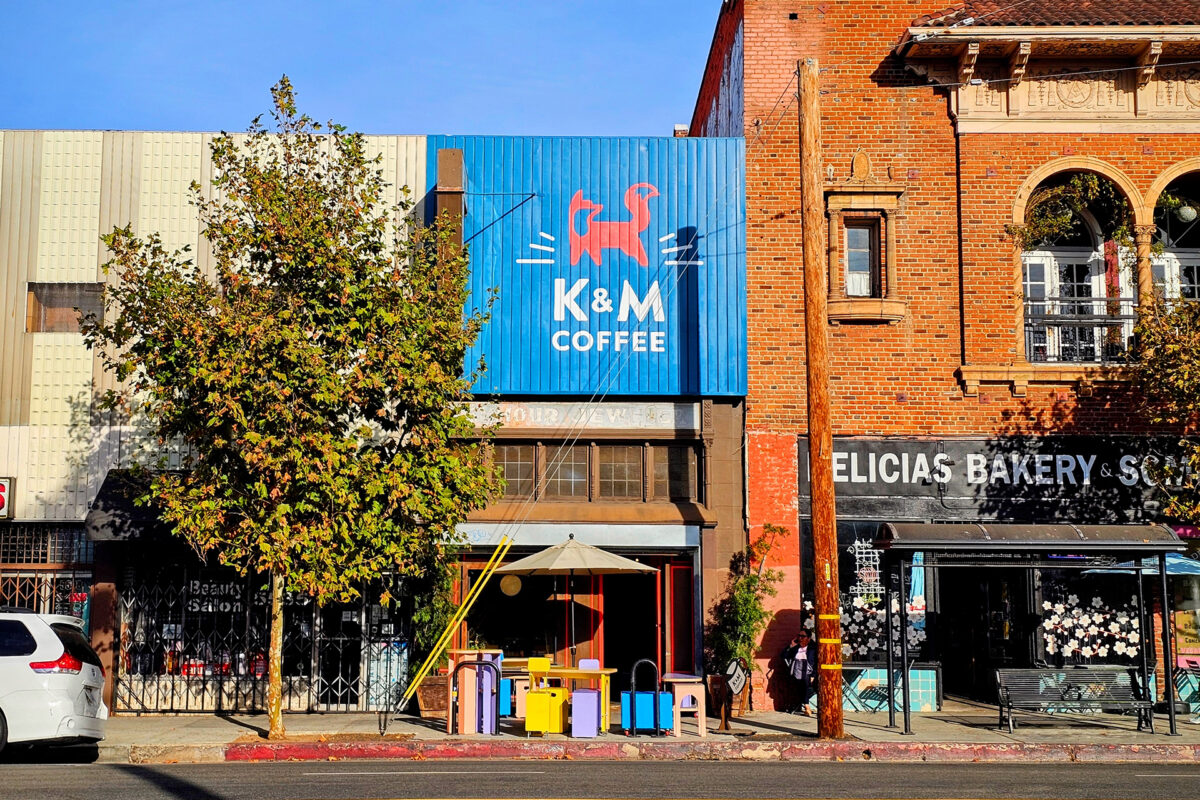
I asked the sign painters I interviewed why their clients choose hand-painted signs over vinyl, which is much cheaper. “My clients recognize quality over quantity,” Giampino says. “When people see a hand-painted sign—subliminally, they don’t realize it—but find it’s better.” Mong echoes the same sentiments and adds that vinyl doesn’t do well in Texas’ blistering heat: “My best designs have been done with so much love and confidence from the patron. I believe in them, and they believe in me.”
In this advent of AI taking over everything, certain crafts will remain untouched. AI can’t bend and shape neon, it can’t restore historical buildings, and it certainly cannot wield a brush and paint a sign, let alone apply gold leaf to its letters. I now walk around with a renewed appreciation of all the signage, both faded and new. Hand-painted signs have evolved from a necessity of advertising to an investment in quality and place.
Jenn Chen (@thejennchen) is an Editor At Large at Sprudge Media Network. Read more Jenn Chen on Sprudge.


